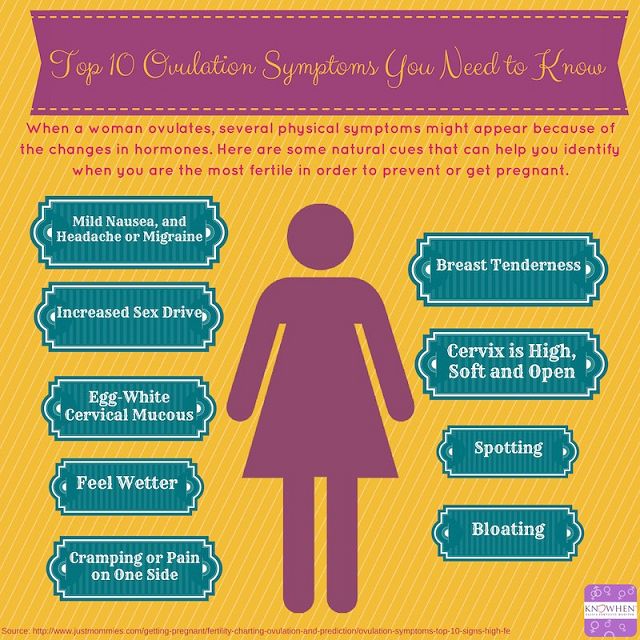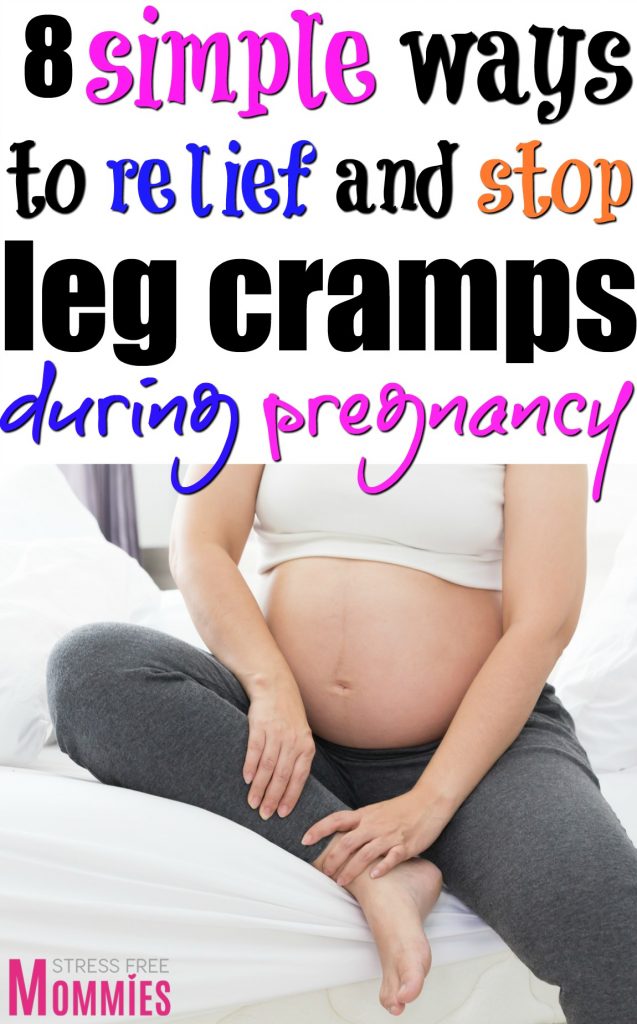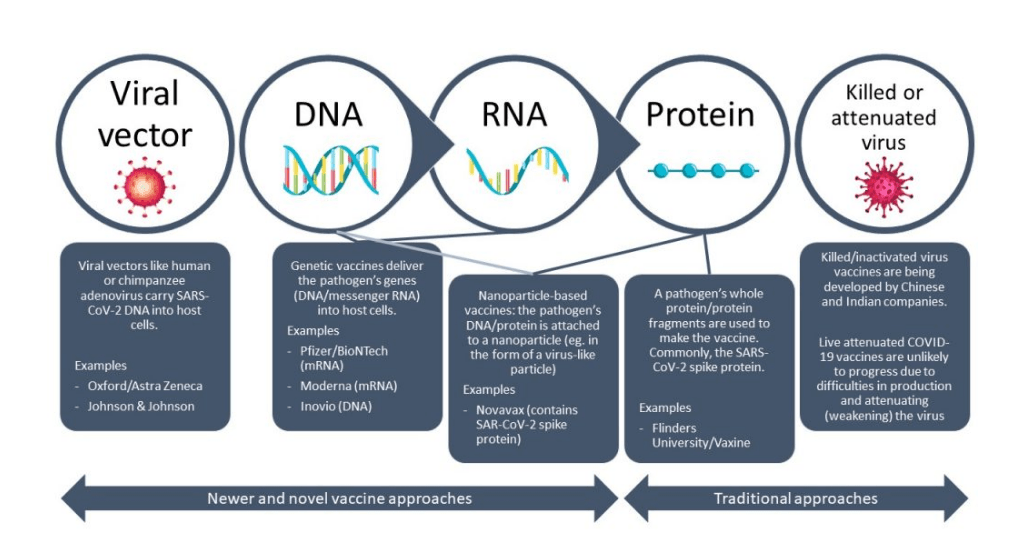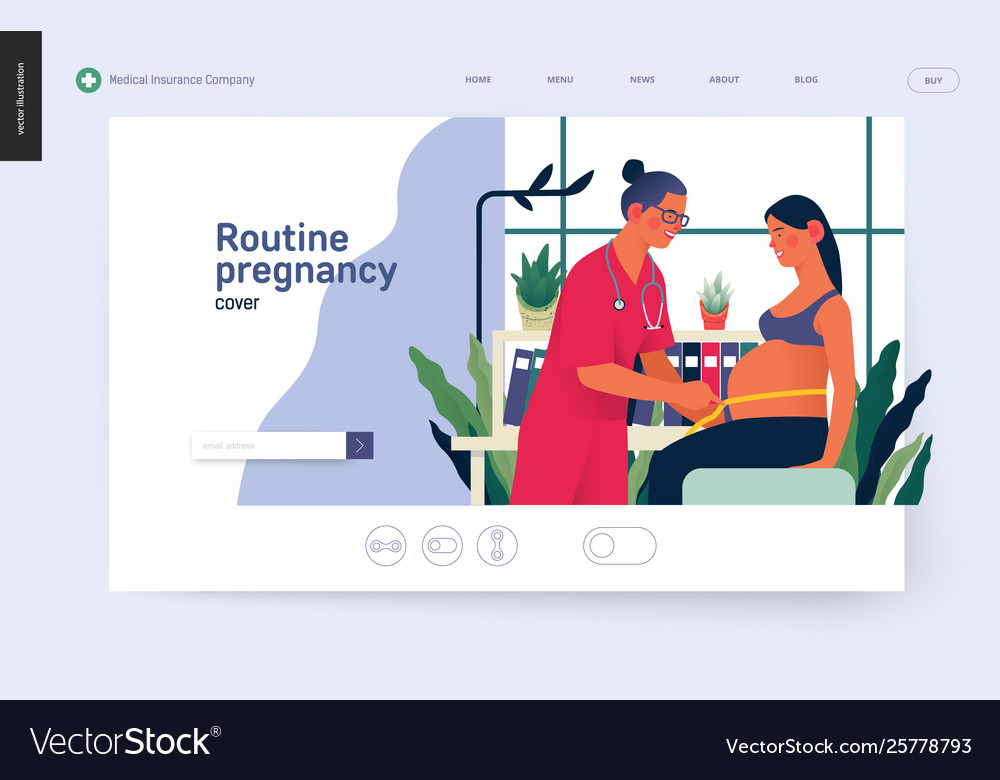Ovulation and pregnancy symptoms
What to expect in the 2-week wait
For couples trying to get pregnant, the days following ovulation mark the infamously difficult 2-week wait.
However, knowing what is happening in the body, as well as the typical pregnancy symptoms that occur on different days past ovulation (DPO), can make the wait a little easier.
Many women wonder if every twinge and ache could be a sign of pregnancy. However, the early symptoms of pregnancy are often similar to the symptoms of an impending period. Some, like muscle aches and pains, are also a part of everyday life.
It is not possible to know for sure if a woman is pregnant until a pregnancy test confirms it. Also, pregnancy symptoms, and when they occur, vary significantly between individuals.
In this article, we look at what is happening in the body around the time of ovulation, and what early signs women might notice in the early DPO.
Share on PinterestEarly pregnancy symptoms can be similar to PMS symptoms.While some women experience many early pregnancy symptoms, others experience few or no symptoms at all.
Also, early pregnancy symptoms can be very similar to the symptoms experienced around the time of ovulation, during PMS, and by those taking fertility medications.
This is why DPO symptoms are not a reliable measure of whether or not a woman has become pregnant. Women should talk with a doctor about their specific symptoms.
Days 0–7 past ovulation
Ovulation is the moment an ovary releases an egg.
As soon as an ovary releases an egg, the luteal phase of the menstrual cycle begins. The luteal phase ends with a menstrual period unless pregnancy occurs.
Women will not experience any pregnancy symptoms during the earliest part of the luteal phase. This is because pregnancy does not occur until the fertilized egg implants into the wall of the uterus.
During the luteal phase, the body produces more progesterone, which is a hormone that helps sustain an early pregnancy. The levels of progesterone peak at 6–8 days after ovulation, even when a woman does not become pregnant.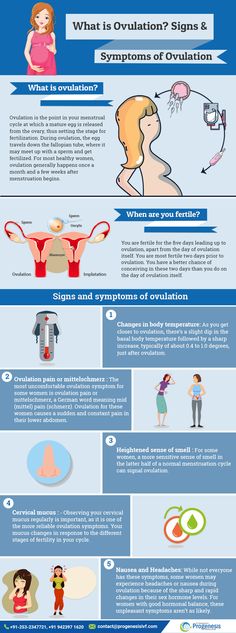
Progesterone levels can affect a woman’s mood and body — this means that after a week or so, they may experience similar symptoms in early pregnancy as they do before a period.
When a fertilized egg reaches the uterus, it implants itself into the wall of the uterus. This is called implantation and marks the start of pregnancy. Implantation typically happens 6–12 days after fertilization.
This is the time when women may begin to experience pregnancy symptoms, including:
- breast tenderness
- bloating
- food cravings
- increased nipple sensitivity
- headaches and muscle aches
However, these symptoms may also occur in those who are not pregnant. This is because of the increased levels of progesterone that are present during the last stages of the menstrual cycle.
Days 7–10 past ovulation
When the fertilized egg implants itself in the uterus, around one-third of women will notice light bleeding or spotting, which is called implantation bleeding.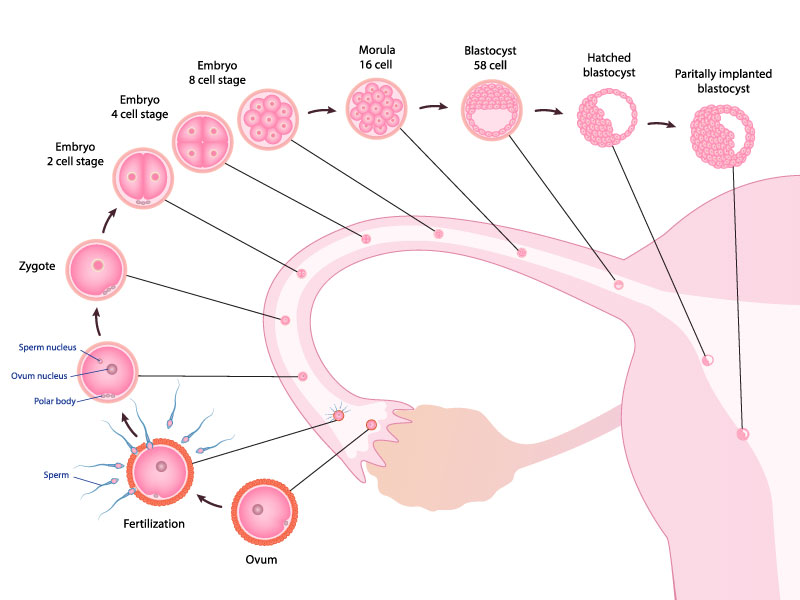
This spotting typically lasts only a day or two and is very light in flow. Implantation bleeding is one of the earliest signs of pregnancy since it happens around the time the woman becomes pregnant.
However, even when a woman notices bleeding around the time of implantation, they may still not get a positive pregnancy test. They may have a very early miscarriage called a chemical pregnancy, or the bleeding might be due to something else.
At implantation, the body begins producing a pregnancy hormone called human chorionic gonadotropin (hCG). Known as the pregnancy hormone, hCG — along with progesterone and estrogen — is responsible for early pregnancy symptoms. It is also the hormone that pregnancy tests identify.
However, it can take several days for hCG to reach to a detectable level, so pregnancy tests may not pick up the hormone, and symptoms may not develop immediately.
Days 11–14 past ovulation
A few days after implantation, hCG levels may be high enough to cause early pregnancy symptoms.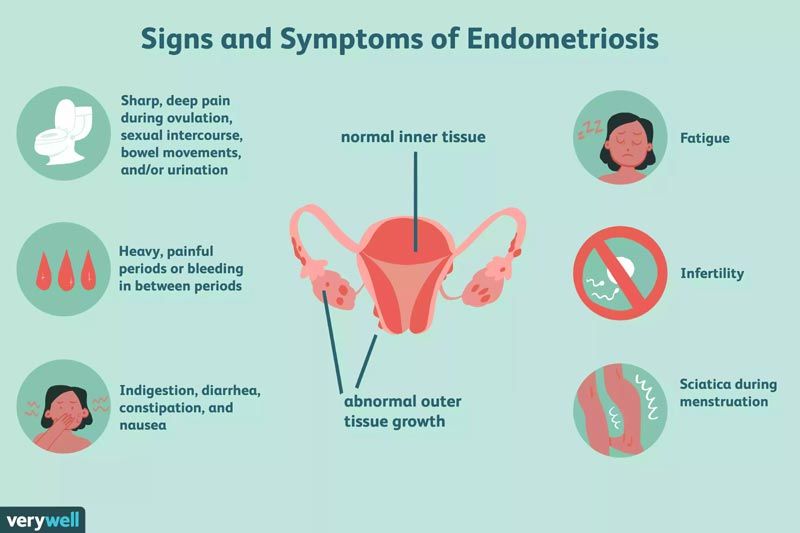 However, this is also the phase of the menstrual cycle when a woman is most likely to experience symptoms that mean they are about to get their period.
However, this is also the phase of the menstrual cycle when a woman is most likely to experience symptoms that mean they are about to get their period.
Women who are aware of how their body behaves each month might be better able to identify whether their symptoms are due to pregnancy or regular menstruation.
Some other symptoms of early pregnancy include:
- darkening in the color of the nipples
- fatigue
- food cravings or increased hunger
- increased need to use the bathroom
- gastrointestinal changes, such as cramping or diarrhea
By the time a woman has experienced several early pregnancy symptoms, it is possible that the hCG levels are high enough that a pregnancy test can indicate a pregnancy. However, hCG levels vary, so this is not always the case.
Share on PinterestNausea is a common symptom of early pregnancy.
As pregnancy progresses and hCG levels rise even more, many women begin experiencing more symptoms.
Some of the most common include:
- dizziness or lightheadedness due to hormonal shifts and changes in the blood pressure and heart rate
- nausea, especially when hungry
- vomiting
- strong aversions to certain foods or smells
- changes in the sense of smell
- fatigue
- bloating and water retention
Whether a woman is trying to get pregnant or trying to avoid a pregnancy, the 2-week wait can be frustrating.
Some women track their ovulation by looking out for physical symptoms or using ovulation tests. It is important to note that the only way to detect ovulation is through medical testing.
However, home ovulation tests can be misleading, particularly if a woman has a condition that affects ovulation.
No symptom alone can confirm early pregnancy, and many women experience no early pregnancy symptoms at all. The only way to establish a pregnancy is by taking a pregnancy test.
Early symptoms and when to take a pregnancy test
We include products we think are useful for our readers. If you buy through links on this page, we may earn a small commission. Here’s our process.
Medical News Today only shows you brands and products that we stand behind.
Our team thoroughly researches and evaluates the recommendations we make on our site. To establish that the product manufacturers addressed safety and efficacy standards, we:
- Evaluate ingredients and composition: Do they have the potential to cause harm?
- Fact-check all health claims: Do they align with the current body of scientific evidence?
- Assess the brand: Does it operate with integrity and adhere to industry best practices?
We do the research so you can find trusted products for your health and wellness.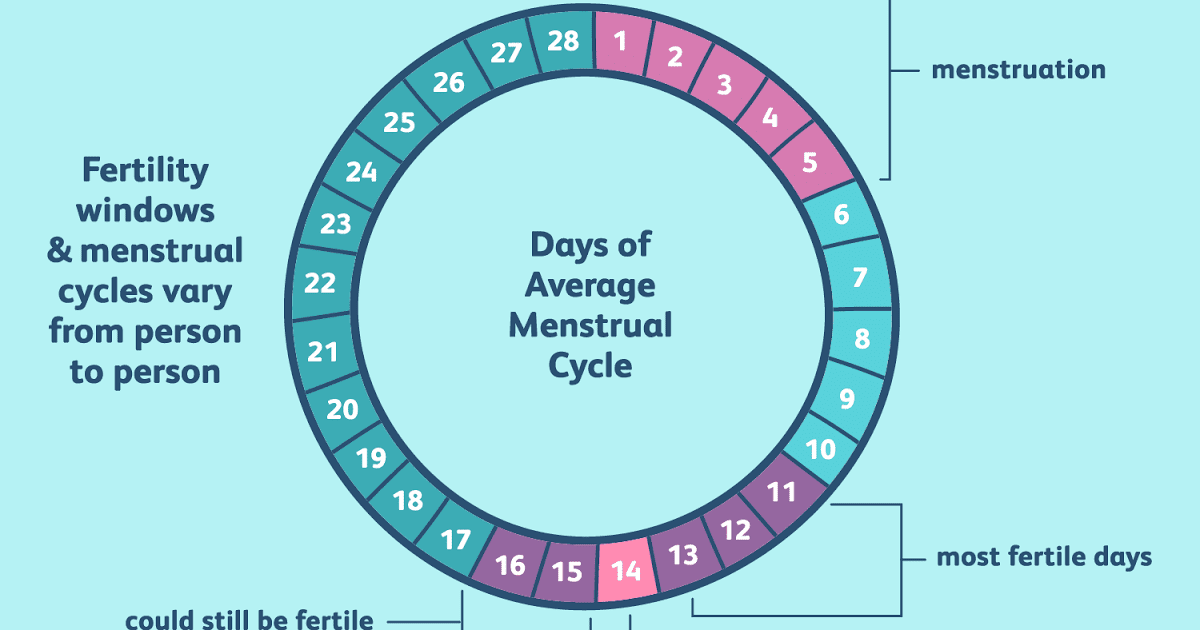
A pregnancy test can detect pregnancy before a woman misses her period, but some may notice symptoms even earlier than this.
The first sign of pregnancy is often a missed period, which happens around 15 days past ovulation (DPO). Some women may notice symptoms as early as 5 DPO, although they won’t know for certain that they are pregnant until much later.
Early signs and symptoms include implantation bleeding or cramps, which can occur 5–6 days after the sperm fertilizes the egg. Other early symptoms include breast tenderness and mood changes.
In this article, we look at the early signs and symptoms of pregnancy and discuss how soon women can get an accurate reading from a pregnancy test.
Women who are trying to conceive are often particularly sensitive to what is happening with their bodies as they are looking for symptoms of pregnancy.
Some women share anecdotes about their pregnancy symptoms as early as 4–5 DPO, while others report not noticing any changes to their body until much later.
Although signs are possible this early on, they are unlikely to appear this soon in the majority of people. Many of the early symptoms, such as breast tenderness or fatigue, are instead linked to hormonal changes during ovulation or menstruation.
Implantation may already have taken place at 5 DPO, or it may be about to happen soon. As a result, depending on the time of conception, it is possible for women to feel some symptoms of pregnancy this early on.
Pregnancy tests are not accurate at 5 DPO, but some women later find that their early symptoms were indeed due to pregnancy.
At 5 DPO, if the sperm has reached and fertilized the egg, the cells within the newly formed zygote begin multiplying to create a lump of cells called a blastocyst.
These cells continue to multiply as the blastocyst makes its way down the fallopian tubes and into the uterus.
When the blastocyst reaches the uterine wall, it attaches itself to get access to nutrients through the blood. At 5 DPO, the blastocyst may either be traveling to the uterine wall or already connected to it.
At 5 DPO, the blastocyst may either be traveling to the uterine wall or already connected to it.
If it is attached, the blastocyst has started its journey toward becoming a fetus, and pregnancy is underway.
The specific symptoms of pregnancy vary hugely from woman to woman. There is no “normal,” as each pregnancy is unique.
However, some of the earliest symptoms that women may notice tend to include the following:
Implantation cramping and bleeding
Women may experience cramps very early on in pregnancy. These are due to implantation, which is when the fertilized egg attaches to the lining of the uterus.
Implantation cramps may occur a few days after ovulation, and many women say that they feel cramps around 5 DPO. These cramps may occur in the lower back, abdomen, or pelvis.
Around 25 percent of women may notice slight bleeding around the time of implantation. This is called implantation bleeding, and it tends to be lighter in color and flow than a menstrual bleed.
Raised basal body temperature
Many women keep track of their basal, or baseline, body temperature while trying to conceive because it changes throughout the menstrual cycle. The temperature increases after ovulation and may stay higher than usual until the period begins.
A basal body temperature that remains unusually high beyond the typical length of time may indicate pregnancy.
However, these signs are not unique to pregnancy and can be due to another hormonal or lifestyle factor.
Other early signs and when they happen
According to the National Institutes of Health, other early signs and symptoms of pregnancy may include:
- Breast tenderness. Hormone fluctuations may cause the breasts to swell, feel tender, and tingle or itch. Women may notice these symptoms as early as 1–2 weeks after conception.
- Fatigue. Changes in hormones, especially a steep rise in progesterone during the early stages of pregnancy, may make women feel sleepy throughout much of the day.
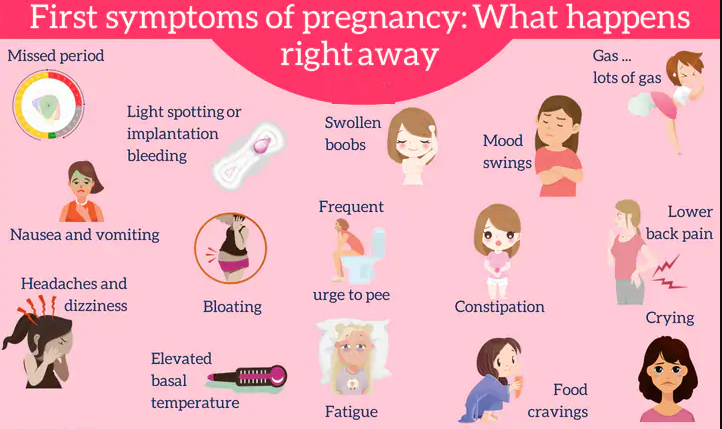 Fatigue can occur as soon as 1 week after conception.
Fatigue can occur as soon as 1 week after conception. - Headaches. Raised hormone levels may also trigger headaches early on in a pregnancy, although the stage at which they appear can vary.
- Food cravings. Many women find that they have very specific cravings during pregnancy, and these often begin early on.
- Food aversion. Just as women may crave particular tastes, they can begin to find other flavors repellant. The smell or taste of some foods may make them lose their appetite or feel nauseous.
- Urinating more frequently. The need to urinate more often is a sign of pregnancy in some women. It may be due to the increased levels of pregnancy hormones in the body, which increase blood flow in the kidneys and pelvic region.
- Mood swings. Significant mood swings may also be an early sign of pregnancy. Again, these can result from significant changes in hormone levels. Mood swings may begin a few weeks after conception.

- Morning sickness. Women may experience nausea and vomiting at any time throughout the day and as early as 2 weeks after conception.
Some women also report feeling dizzy or wobbly early on in pregnancy, often when they get up after lying down. This symptom may be due to changes in the blood vessels carrying oxygen to the brain.
Some women cannot explain any specific symptoms or changes in their body, but they intuitively feel that something is different.
They might describe it as not feeling like themselves or feeling as though they are suddenly always a step behind. This may be a sign of fatigue and an indication of hormonal changes.
As tempting as it can be to take pregnancy tests early and often, it may not be helpful. At 5 DPO, there is no reliably accurate way to check for pregnancy.
Most tests check for a hormone called human chorionic gonadotropin (hCG), which the placenta makes. This hormone starts building up in the body after implantation.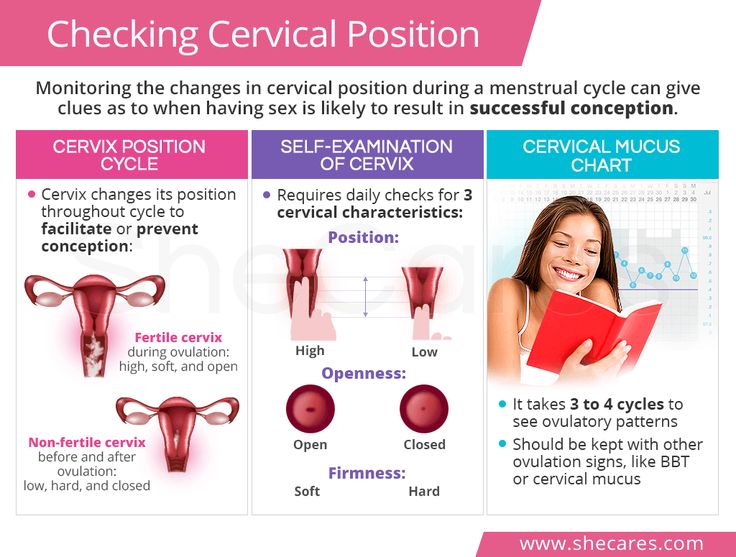
While implantation may occur early on in some women’s menstrual cycles, it does take time for the hormone to build up to a level in the blood that will make it detectable in a blood or urine test.
According to the American Pregnancy Association, blood tests for hCG levels should be accurate 11 days after conception, while it would be best to wait 12–14 days before taking a urine test.
Taking a pregnancy test too early may give inaccurate results. It is possible that a pregnant woman could still get a negative result if the level of hCG has not yet built up in her body.
A false positive is also possible, which is a positive result on a pregnancy test when the woman is not pregnant. This can happen when a woman performs the test incorrectly, has a chemical pregnancy, or is taking certain hormonal medications as part of fertility treatment.
When a woman thinks that she might be pregnant, she may wish to note any signs and symptoms and discuss them with a doctor.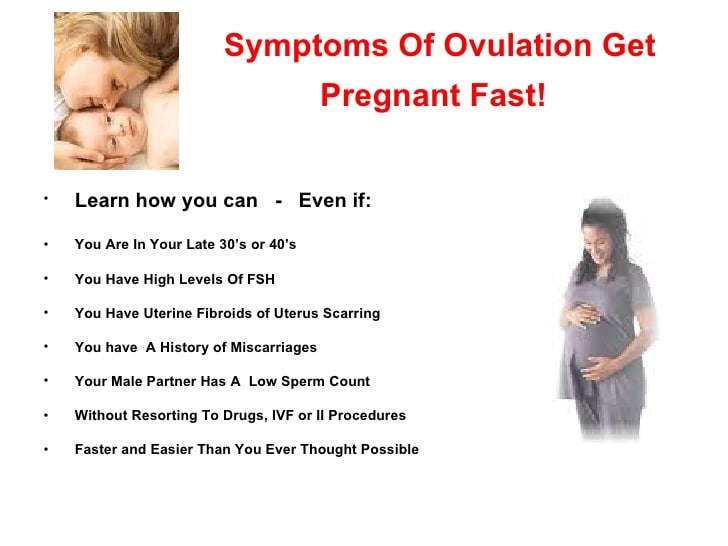 It will only be a few more days until the level of the pregnancy hormone hCG in the blood or urine is sufficient to allow an accurate reading on a pregnancy test.
It will only be a few more days until the level of the pregnancy hormone hCG in the blood or urine is sufficient to allow an accurate reading on a pregnancy test.
Pregnancy tests are available for purchase online.
*Please note that pregnancy tests are not accurate at 5 DPO.
Signs of ovulation | Clinic MEdel
OVULATION (from lat. ovum - egg) - release of a mature egg capable of fertilization from the ovarian follicle into the abdominal cavity; stage of the menstrual cycle (ovarian cycle). Ovulation in women of childbearing age occurs periodically (every 21-35 days). The frequency of ovulation is regulated by neurohumoral mechanisms, mainly gonadotropic hormones of the anterior pituitary gland and ovarian follicular hormone. nine0003 Ovulation contributes to the accumulation of follicular fluid and thinning of the ovarian tissue located above the protruding pole of the follicle.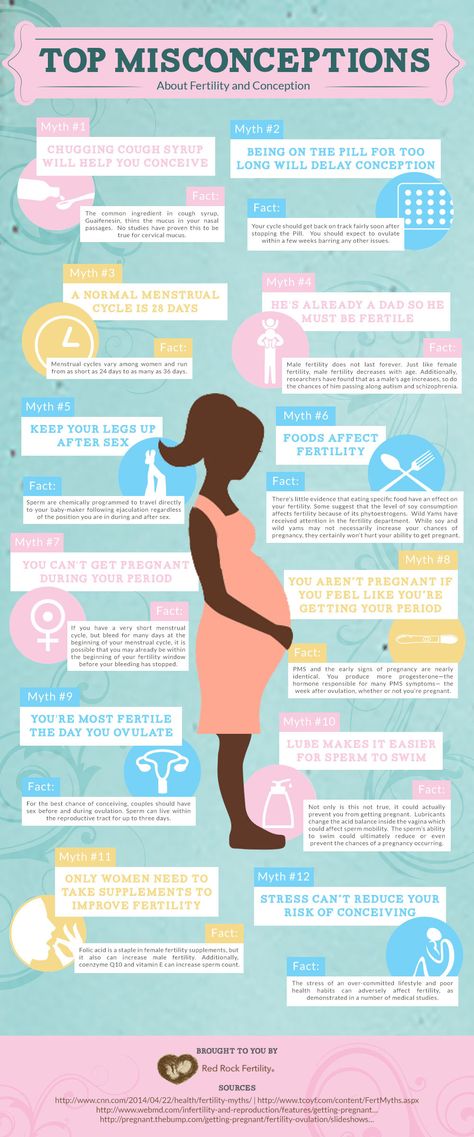 The rhythm of ovulation , which is constant for every woman, undergoes changes within 3 months after an abortion, within a year after childbirth, and also after 40 years, when the body is preparing for the premenopausal period. Stops ovulation with the onset of pregnancy and after the extinction of menstrual function. Setting a deadline ovulation is important when choosing the most effective time for fertilization, artificial insemination and in vitro fertilization.
The rhythm of ovulation , which is constant for every woman, undergoes changes within 3 months after an abortion, within a year after childbirth, and also after 40 years, when the body is preparing for the premenopausal period. Stops ovulation with the onset of pregnancy and after the extinction of menstrual function. Setting a deadline ovulation is important when choosing the most effective time for fertilization, artificial insemination and in vitro fertilization.
Signs of ovulation
Subjective signs of ovulation may be short-term pain in the lower abdomen. objective signs of ovulation are an increase in mucous discharge from the vagina and a decrease in rectal (basal) temperature on the day of ovulation with an increase in it the next day, an increase in the content of progesterone in the blood plasma, etc. Violation of ovulation is due to dysfunction of the hypothalamic-pituitary-ovarian system and can be caused by inflammation of the genitals, dysfunction of the adrenal cortex or thyroid gland, systemic diseases, tumors of the pituitary and hypothalamus , stressful situations.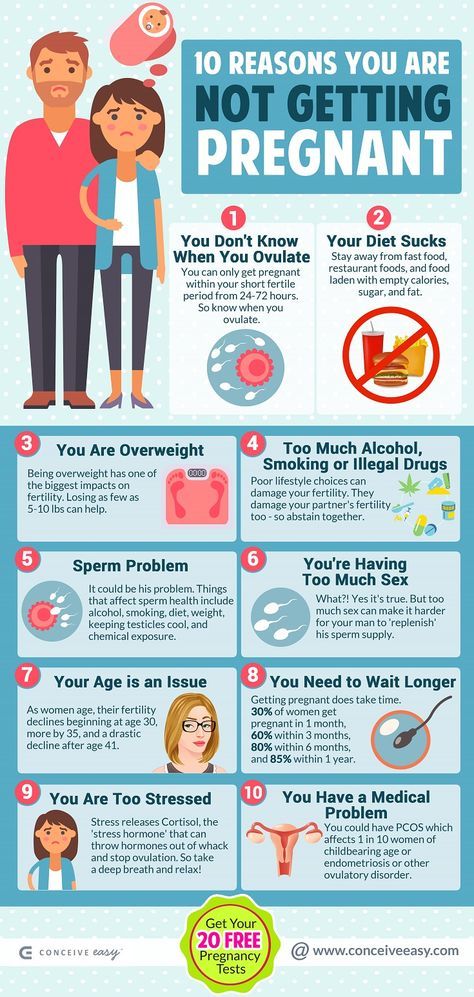 Lack of ovulation at childbearing age (anovulation) is manifested by a violation of the rhythm of menstruation by the type of oligomenorrhea (menstruation lasting 1-2 days), amenorrhea, dysfunctional uterine bleeding. Absence ovulation (anovulation) is always the cause of a woman's infertility. Methods for restoring ovulation are determined by the cause that caused anovulation, and require an appointment with a gynecologist and special treatment.
Lack of ovulation at childbearing age (anovulation) is manifested by a violation of the rhythm of menstruation by the type of oligomenorrhea (menstruation lasting 1-2 days), amenorrhea, dysfunctional uterine bleeding. Absence ovulation (anovulation) is always the cause of a woman's infertility. Methods for restoring ovulation are determined by the cause that caused anovulation, and require an appointment with a gynecologist and special treatment.
Some women experience peak sexual arousal on days 90,003 of ovulation 90,004. However, the use of a physiological method of contraception against pregnancy, based on sexual abstinence during ovulation , is especially difficult for young spouses, whose frequency of sexual intercourse reaches a fairly high level. In addition, with strong love excitement and nervous stress, additional ovulation can occur (especially with episodic, irregular intercourse), and then not one, but two eggs mature in one menstrual cycle. This should be remembered when choosing one or another method of contraception. nine0017
This should be remembered when choosing one or another method of contraception. nine0017
As soon as every healthy girl at the age of 11-15 begins to menstruate, which is an indicator of her body's readiness for childbearing, then there are problems associated with counting the days of the menstrual cycle and the legitimate question why menstruation does not occur, or vice versa, why the long-awaited pregnancy does not occur. . This makes a woman think and wait all the time, be in the dark about what happens to her every month. And so every month for decades. nine0017
Length of menstruation and cycle
Ideal menstruation lasts 3-5 days and repeats every 28 days. However, for some women, this cycle takes 19 days or even less, while for others it lasts from 35 to 45 days, which is a feature of their body, and not a violation of menstrual function. The duration of menstruation also, depending on the organism, can vary within a week. All this should not cause alarm in a woman, but a delay of more than two months, called opsometry or more than six months - amenorrhea, should alert the woman and make sure to find out the cause with a gynecologist. nine0017
All this should not cause alarm in a woman, but a delay of more than two months, called opsometry or more than six months - amenorrhea, should alert the woman and make sure to find out the cause with a gynecologist. nine0017
Length of menstrual cycle
The menstrual cycle is a complex physiological process that continues in women up to 45-55 years. It is regulated by the so-called sex centers located in the middle part of the diencephalon - the hypothalamus. The changes that occur during the menstrual cycle are most pronounced in the uterus and ovaries. In the ovary, under the influence of hormones produced by the ovarian follicles, partly by the adrenal cortex and testes, the main follicle, which contains the egg, grows and matures. The mature follicle ruptures and the egg, together with the follicular fluid, enters the abdominal cavity, and then into the fallopian tube. The process of rupture of the follicle and the release of a mature (suitable for fertilization) egg from its cavity is called ovulation , which, with a 28-day cycle, occurs most often between the 13th and 15th days.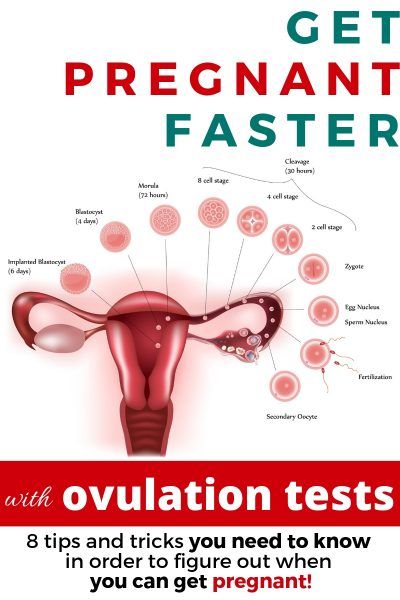
Corpus luteum, estrogen, progesterone
A corpus luteum forms at the site of the ruptured follicle. These morphological changes in the ovary are accompanied by the release of sex steroid hormones - estrogens and progesterone. Estrogens are secreted by the maturing follicle, and progesterone by the corpus luteum.
The release of estrogen has two maxima - during ovulation and during the period of maximum activity of the corpus luteum. So, for example, if the normal estrogen content is about 10 µg/l, then during ovulation it is about 50 µg/l, and during pregnancy, especially towards the end of it, the estrogen content in the blood increases to 70-80 µg/l per due to a sharp increase in the biosynthesis of estrogens in the placenta.
Together with progesterone, estrogens promote the implantation (introduction) of a fertilized egg, maintain pregnancy and promote childbirth. Estrogens play an important role in the regulation of many biochemical processes, are involved in carbohydrate metabolism, lipid distribution, stimulate the synthesis of amino acids, nucleic acids and proteins. Estrogens contribute to the deposition of calcium in bone tissue, delay the release of sodium, potassium, phosphorus and water from the body, that is, increase their concentration both in the blood and in electrolytes (urine, saliva, nasal secretions, tears) of the body. nine0017
Estrogens contribute to the deposition of calcium in bone tissue, delay the release of sodium, potassium, phosphorus and water from the body, that is, increase their concentration both in the blood and in electrolytes (urine, saliva, nasal secretions, tears) of the body. nine0017
The secretion of estrogens is controlled by the anterior pituitary gland and its genadotropic hormones: follicle-stimulating (FSH) and luteinizing (LH).
Under the influence of estrogens in the first phase of the menstrual cycle, called folliculin, regeneration occurs in the uterus, that is, the restoration and growth of its mucous membrane - the endometrium, the growth of glands that stretch in length and become convoluted. The mucous membrane of the uterus thickens 4-5 times. In the glands of the cervix, the secretion of mucous secretion increases, the cervical canal expands, and becomes easily passable for spermatozoa. In the mammary glands, the epithelium grows inside the milk ducts. nine0017
In the second phase, called luteal (from the Latin word luteus - yellow), under the influence of progesterone, the intensity of metabolic processes in the body decreases.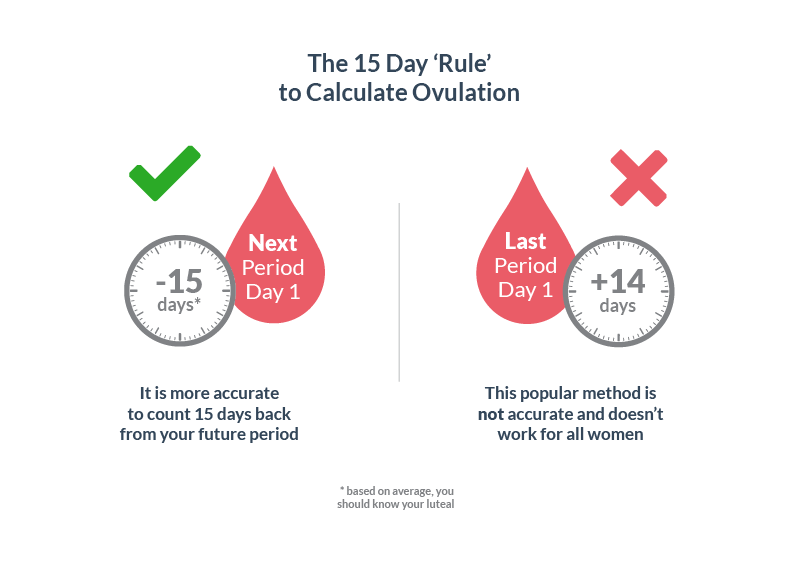 The growth of the mucous membrane of the body of the uterus stops, it becomes loose, edematous, a secret appears in the glands, which creates favorable conditions for attaching a fertilized egg to the mucous membrane and developing the embryo. The glands stop secreting mucus, the cervical canal closes. In the mammary glands, from the overgrown epithelium of the end sections of the milk ducts, alveoli arise, capable of producing and secreting milk. nine0017
The growth of the mucous membrane of the body of the uterus stops, it becomes loose, edematous, a secret appears in the glands, which creates favorable conditions for attaching a fertilized egg to the mucous membrane and developing the embryo. The glands stop secreting mucus, the cervical canal closes. In the mammary glands, from the overgrown epithelium of the end sections of the milk ducts, alveoli arise, capable of producing and secreting milk. nine0017
If pregnancy does not occur, the corpus luteum dies, the functional layer of the endometrium is rejected, and menstruation occurs. Monthly bleeding varies from three to seven days, the amount of blood lost is from 40 to 150 g.
It should be noted that different women have a noticeable difference in the timing of ovulation . And even for the same woman, the exact timing of the onset fluctuates in different months. In some women, cycles are characterized by exceptional irregularity. In other cases, cycles may be longer or shorter than the average - 14 days.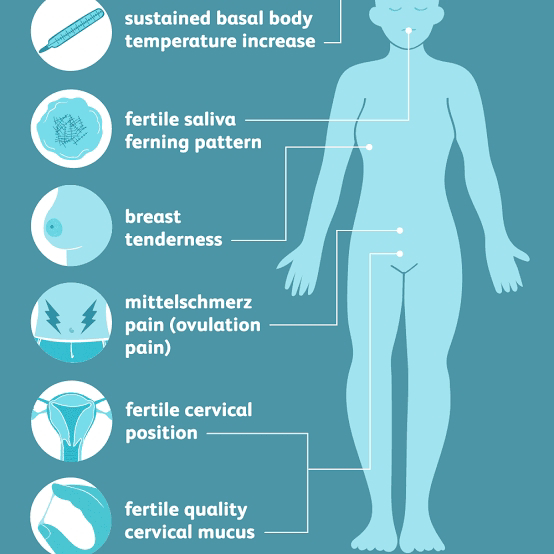 In rare cases, it happens that in women with a very short cycle ovulation occurs around the end of the period of menstrual bleeding, but still, in most cases, ovulation occurs quite regularly.
In rare cases, it happens that in women with a very short cycle ovulation occurs around the end of the period of menstrual bleeding, but still, in most cases, ovulation occurs quite regularly.
If, for one reason or another, ovulation does not occur , the endometrial layer in the uterus is thrown out during menstruation. If the fusion of the egg and sperm has occurred, then the cytoplasm of the egg begins to vibrate very strongly, as if the egg is experiencing an orgasm. Sperm penetration is the final stages of egg maturation. All that remains of a spermatozoon is its nucleus, where 23 chromosomes are densely packed (half the set of a normal cell). The sperm nucleus is now rapidly approaching the egg nucleus, which also contains 23 chromosomes. The two cores are slowly touching. Their shells dissolve and they merge, as a result of which they are divided into pairs and form 46 chromosomes. Of the 23 chromosomes of the sperm, 22 are completely analogous to the chromosomes of the egg.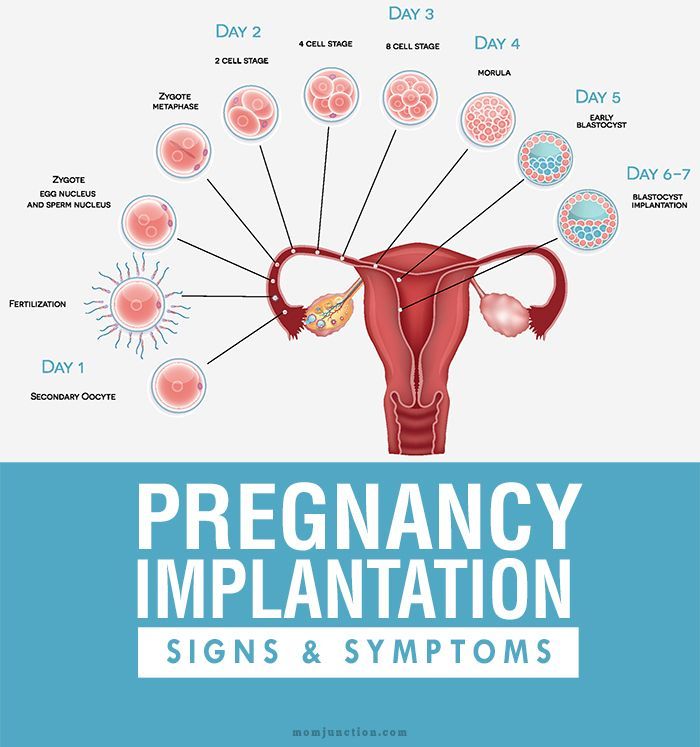 They determine all the physical characteristics of a person except gender. In the remaining pair from the egg there is always an X chromosome, and from the sperm there can be an X or Y chromosome. Thus, if there are 2 XX chromosomes in this set, then a girl will be born, if XY, then a boy. nine0017
They determine all the physical characteristics of a person except gender. In the remaining pair from the egg there is always an X chromosome, and from the sperm there can be an X or Y chromosome. Thus, if there are 2 XX chromosomes in this set, then a girl will be born, if XY, then a boy. nine0017
Studies conducted at the National Institute of Environmental Medical Problems (North Carolina) showed that the time of conception in relation to the time of onset of ovulation depends not only on the actual conception of a child, but also on its gender.
The probability of conception is maximum on day of ovulation and is estimated at about 33%. A high probability is also noted on the day before ovulation - 31%, two days before it - 27%. Five days before ovulation the probability of conception is estimated to be 10% four days before ovulation - 14% and three days - 16%. Six days before ovulation and the day after ovulation, the probability of conception during sexual intercourse is very small.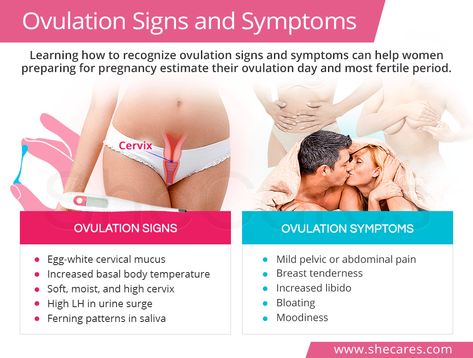
Considering that the average “lifespan” of spermatozoa is 2-3 days (in rare cases it reaches 5-7 days), and the female egg remains viable for about 12-24 hours, then the maximum duration of the “dangerous” period is 6- ninedays and the “dangerous” period corresponds to the phase of slow rise (6-7 days) and rapid decline (1-2 days) before and after the day of ovulation , respectively. Ovulation , as noted above, divides the menstrual cycle into two phases: the follicle maturation phase, which, with an average cycle duration of 10-16 days, and the luteal phase (corpus luteum phase), which is stable, independent of the duration of the menstrual cycle and is 12-16 days. The phase of the corpus luteum is referred to as the period of absolute infertility, it begins 1-2 days after ovulation and ends with the onset of a new menstruation.
Ovulation and pregnancy - methods of determination, relationship
Ovulation is the process of release of a mature egg from the follicle in the ovary.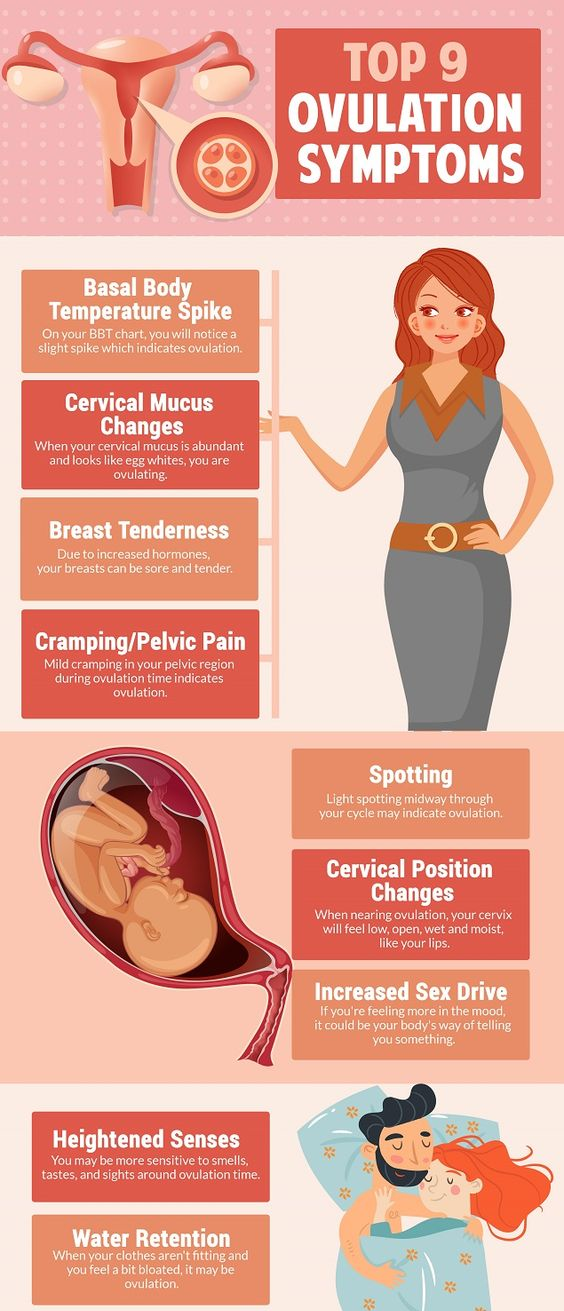 This phenomenon occurs once a month, around the middle of the menstrual cycle. The beginning of the cycle itself is counted from the first day of menstruation to the beginning of the next. And if we take the average menstrual cycle equal to 28 days, then ovulation with it will fall on about 13-15 days. nine0017
This phenomenon occurs once a month, around the middle of the menstrual cycle. The beginning of the cycle itself is counted from the first day of menstruation to the beginning of the next. And if we take the average menstrual cycle equal to 28 days, then ovulation with it will fall on about 13-15 days. nine0017
How to determine the beginning of ovulation when planning a pregnancy
The physiological and hormonal cycles of each woman are strictly individual. In addition, many factors can influence the duration of a single menstrual cycle: stress, colds and other diseases, nutrition, taking various medications, etc. Therefore, at the very beginning of the cycle, it is impossible to say with certainty exactly when ovulation will occur. But there are several methods that can help you determine the exact start date. nine0017
- Special diagnostic complexes that measure the content of a certain type of hormone (luteinizing hormone) in urine. Such kits can be purchased at almost any pharmacy, and they always contain detailed instructions for use.
 A positive result with such a diagnosis usually indicates that ovulation will occur within the next 48 hours. But such complexes have not too high reliability, so a false positive result is possible. nine0126
A positive result with such a diagnosis usually indicates that ovulation will occur within the next 48 hours. But such complexes have not too high reliability, so a false positive result is possible. nine0126 - Basal temperature measurement . This method must be applied over several menstrual cycles in order to subsequently plot changes in basal temperature. It must be measured immediately after a night's sleep, at about the same time every day. Based on your individual schedule, it is possible to determine the onset of ovulation with a high degree of probability. Usually, about a day before ovulation, the basal body temperature decreases slightly, and the immediate release of the egg is accompanied by an increase in basal temperature by 0.3-0.6 ° C. nine0126
The relationship between ovulation and pregnancy
The period of release of the egg from the follicle and the following 24 hours is the optimal time for its fertilization and conception of a child.